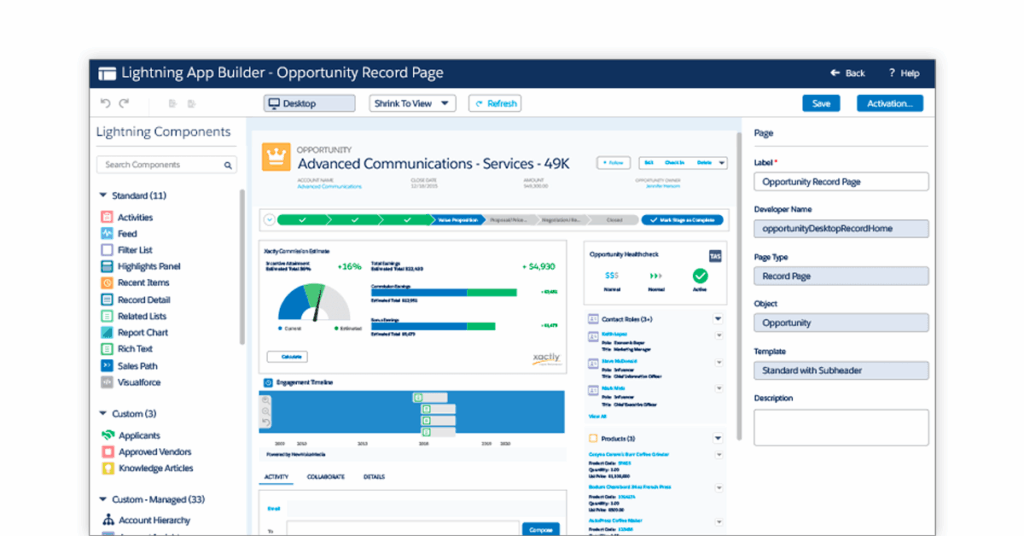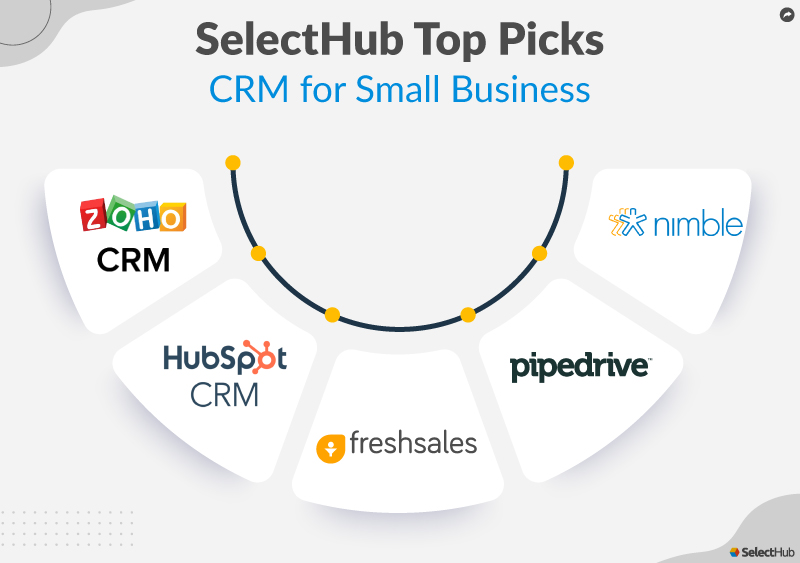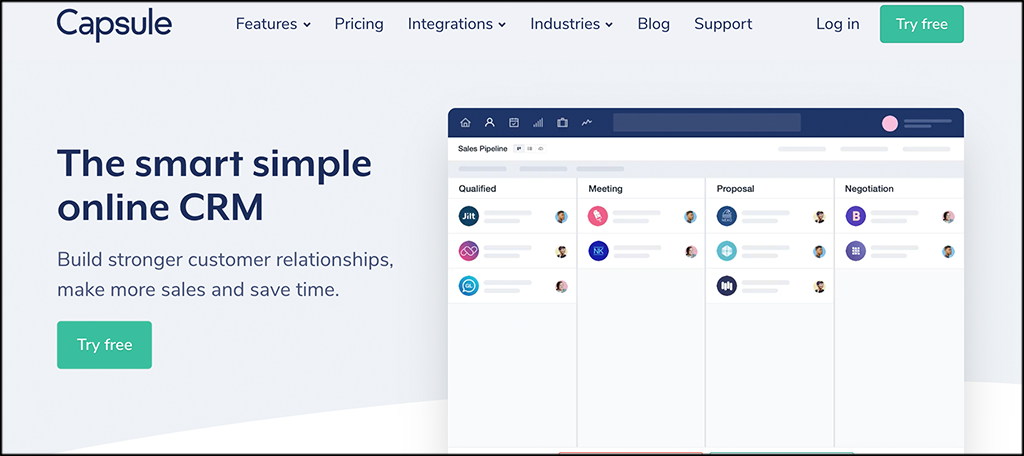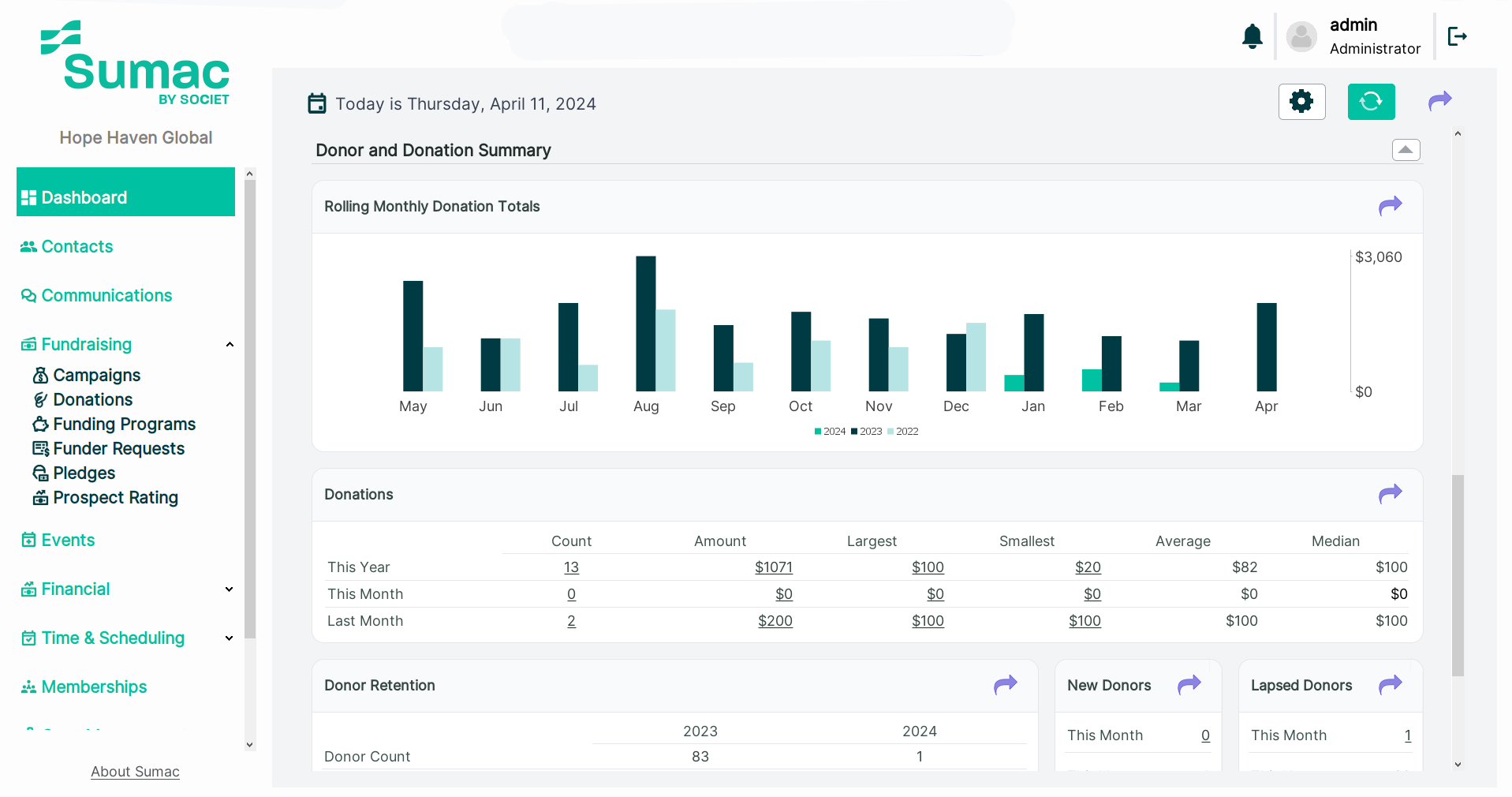
The Artistic Journey and the Business Behind It
Being a small artist is a challenging but incredibly rewarding path. You’re not just creating; you’re building a brand, managing relationships, and navigating the complexities of the art world. While the passion for your craft is the driving force, the business side can often feel overwhelming. This is where a Customer Relationship Management (CRM) system comes in. It’s more than just a database; it’s your artistic assistant, your marketing guru, and your relationship manager all rolled into one.
In this guide, we’ll delve into the world of CRM specifically tailored for small artists. We’ll explore why you need one, what features to look for, and which CRM systems are the best fit for your unique needs. We’ll also discuss how to implement a CRM effectively and how to measure its impact on your artistic career.
Why Small Artists Need a CRM
You might be thinking, “I’m an artist, not a salesperson!” But consider this: every interaction with a potential buyer, gallery, or fellow artist is a relationship. And nurturing those relationships is crucial for your success. A CRM helps you do just that. Here’s why:
- Centralized Contact Management: Say goodbye to scattered spreadsheets and sticky notes. A CRM provides a single, organized place to store all your contact information, including clients, galleries, collectors, collaborators, and suppliers.
- Improved Communication: Easily track your communications with each contact, whether it’s emails, phone calls, or meetings. This ensures you never miss an opportunity and can tailor your communication to each individual.
- Enhanced Sales and Marketing: CRM systems help you track leads, manage sales pipelines, and automate marketing efforts. You can segment your audience, send targeted emails, and promote your art more effectively.
- Better Organization: Keep track of your artwork, exhibitions, and sales with ease. A CRM can help you manage your inventory, track consignment agreements, and generate reports on your sales performance.
- Time Savings: Automate repetitive tasks, such as sending follow-up emails or generating invoices, freeing up your time to focus on what you do best: creating art.
- Data-Driven Decisions: Analyze your sales data, track your marketing efforts, and gain insights into your audience. This information can help you make informed decisions about your art career.
Key Features to Look for in a CRM for Artists
Not all CRMs are created equal. When choosing a CRM for your art business, consider these essential features:
- Contact Management: This is the foundation of any CRM. Make sure the system allows you to store detailed contact information, including names, addresses, phone numbers, email addresses, social media profiles, and any other relevant details.
- Communication Tracking: Track all your interactions with contacts, including emails, calls, meetings, and notes. This helps you remember important details and personalize your communication.
- Sales Pipeline Management: Manage your sales process, from lead generation to closing deals. Track potential sales, set reminders, and monitor your progress.
- Email Marketing Integration: Integrate your CRM with your email marketing platform to send targeted campaigns and track their performance.
- Inventory Management: Keep track of your artwork, including titles, dimensions, materials, prices, and locations.
- Reporting and Analytics: Generate reports on your sales, marketing efforts, and customer interactions. Analyze your data to gain insights and make informed decisions.
- Segmentation: Segment your audience based on various criteria, such as interests, location, or purchase history. This allows you to send targeted communications and personalize your marketing efforts.
- Mobile Accessibility: Access your CRM from anywhere, anytime, using a mobile app or web browser. This is especially important for artists who are often on the go.
- Integration with Other Tools: Integrate your CRM with other tools you use, such as your website, social media platforms, and accounting software.
- User-Friendly Interface: The CRM should be easy to use and navigate. A clean and intuitive interface will save you time and frustration.
Top CRM Systems for Small Artists
Now, let’s look at some of the best CRM systems for small artists:
1. HubSpot CRM
Overview: HubSpot CRM is a free, all-in-one CRM platform that’s ideal for artists just starting. It offers a robust set of features, including contact management, email marketing, sales pipeline management, and reporting, all in a user-friendly interface. It’s a great choice if you’re on a budget or want to get started with a CRM without any upfront costs.
Key Features for Artists:
- Free forever plan.
- Contact management with detailed contact profiles.
- Email marketing tools with templates and automation.
- Sales pipeline management to track potential sales.
- Reporting and analytics to track your performance.
- Integration with other tools like Gmail, Outlook, and social media.
Pros: Free, easy to use, comprehensive features, excellent for beginners.
Cons: Limited features in the free plan, can become expensive as your business grows.
2. Zoho CRM
Overview: Zoho CRM is a powerful and affordable CRM system that’s suitable for artists of all sizes. It offers a wide range of features, including contact management, sales automation, marketing automation, and analytics. It’s a great choice if you need a more advanced CRM system than HubSpot but don’t want to break the bank.
Key Features for Artists:
- Contact management with lead scoring.
- Sales automation to streamline your sales process.
- Marketing automation to nurture leads and engage customers.
- Workflow automation to automate repetitive tasks.
- Reporting and analytics with customizable dashboards.
- Integration with other Zoho apps and third-party tools.
Pros: Affordable, feature-rich, customizable, excellent for growing businesses.
Cons: Can be overwhelming for beginners, steeper learning curve than HubSpot.
3. Pipedrive
Overview: Pipedrive is a sales-focused CRM system that’s designed to help you manage your sales pipeline and close more deals. It’s a great choice for artists who are focused on selling their art and building relationships with collectors and galleries.
Key Features for Artists:
- Visual sales pipeline to track your progress.
- Contact management with detailed contact profiles.
- Email integration to track your communications.
- Activity reminders to stay organized.
- Reporting and analytics to track your sales performance.
- Integration with other tools like Gmail, Outlook, and Zapier.
Pros: Sales-focused, easy to use, visual interface, excellent for managing your sales pipeline.
Cons: Less focus on marketing automation, can be expensive for smaller businesses.
4. Freshsales
Overview: Freshsales is a CRM system that offers a balance of features and affordability. It’s a good option for artists who need a comprehensive CRM system without the complexity of Zoho CRM or the price tag of Pipedrive.
Key Features for Artists:
- Contact management with lead scoring.
- Sales automation to streamline your sales process.
- Email marketing integration.
- Reporting and analytics.
- Integration with other tools.
Pros: Affordable, feature-rich, easy to use.
Cons: Not as robust as Zoho CRM, limited free plan.
5. Airtable
Overview: Airtable is not a traditional CRM, but it can be used as one. It’s a flexible, spreadsheet-database hybrid that allows you to customize your CRM to your exact needs. It’s a great choice for artists who want a highly customizable CRM system.
Key Features for Artists:
- Highly customizable database.
- Contact management with detailed contact profiles.
- Inventory management.
- Project management.
- Integration with other tools.
Pros: Highly customizable, flexible, excellent for managing your artwork inventory.
Cons: Can be complex to set up and manage, requires more technical skills than other CRM systems.
Choosing the Right CRM for Your Art Business
The best CRM for you will depend on your specific needs and budget. Consider these factors when making your decision:
- Your Budget: CRM systems range in price from free to hundreds of dollars per month. Choose a system that fits your budget and provides the features you need.
- Your Needs: What are your most pressing needs? Do you need to manage your sales pipeline, automate your marketing efforts, or track your artwork inventory? Choose a CRM that offers the features you need.
- Your Technical Skills: Some CRM systems are easier to use than others. Choose a system that you feel comfortable using and that fits your technical skills.
- Your Business Size: If you’re a solo artist, a free or low-cost CRM system may be sufficient. If you have a larger business, you may need a more robust and feature-rich CRM system.
Implementing Your CRM: A Step-by-Step Guide
Once you’ve chosen a CRM, it’s time to implement it. Here’s a step-by-step guide:
- Set Up Your Account: Create an account with your chosen CRM system and configure your settings.
- Import Your Contacts: Import your existing contact information from spreadsheets, email contacts, and other sources.
- Customize Your CRM: Customize your CRM to meet your specific needs. Add custom fields, create workflows, and configure your settings.
- Train Your Team: If you have a team, train them on how to use the CRM system.
- Start Using Your CRM: Start using your CRM to manage your contacts, track your sales, and automate your marketing efforts.
- Monitor Your Results: Track your results and make adjustments as needed.
Maximizing Your CRM’s Potential: Tips and Tricks
Once your CRM is up and running, here are some tips to help you maximize its potential:
- Keep Your Data Clean: Regularly clean and update your contact data to ensure accuracy.
- Use Segmentation: Segment your audience to send targeted communications.
- Automate Tasks: Automate repetitive tasks to save time and effort.
- Integrate with Other Tools: Integrate your CRM with other tools you use, such as your website, social media platforms, and accounting software.
- Analyze Your Data: Regularly analyze your data to gain insights into your audience and your performance.
- Stay Consistent: Use your CRM consistently to see the best results.
Measuring the Impact of Your CRM
How do you know if your CRM is working? Here are some key metrics to track:
- Sales Growth: Track your sales revenue over time.
- Lead Conversion Rate: Track the percentage of leads that convert into customers.
- Customer Retention Rate: Track the percentage of customers who remain loyal.
- Marketing ROI: Track the return on investment of your marketing efforts.
- Customer Satisfaction: Measure customer satisfaction through surveys and feedback.
- Time Savings: Track the amount of time you save by automating tasks.
Beyond the Basics: Advanced CRM Strategies for Artists
Once you’ve mastered the fundamentals, consider these advanced strategies to further leverage your CRM:
- Personalized Communication: Use CRM data to personalize your communication with each contact. Tailor your emails, phone calls, and meetings to their specific interests and needs.
- Targeted Marketing Campaigns: Create targeted marketing campaigns based on your audience segments. For example, you could send an email to a segment of collectors who have previously purchased abstract art.
- Automated Workflows: Automate complex workflows to streamline your processes. For example, you could automate the process of sending a thank-you note to a collector after they purchase a piece of art.
- Advanced Reporting and Analytics: Use advanced reporting and analytics to gain deeper insights into your business. For example, you could use data to identify your most profitable customer segments or to track the performance of your marketing campaigns.
- Integration with Art Marketplaces: Integrate your CRM with art marketplaces like Saatchi Art or Artsy to streamline your sales process and manage your inventory across multiple platforms.
The Future of CRM for Artists
As technology continues to evolve, so will the capabilities of CRM systems. Here are some trends to watch for:
- AI-Powered CRM: Artificial intelligence (AI) is being used to automate tasks, personalize communication, and provide insights into customer behavior.
- Mobile-First CRM: CRM systems are becoming increasingly mobile-friendly, allowing artists to access their data and manage their business from anywhere.
- Integration with Social Media: CRM systems are integrating more deeply with social media platforms, allowing artists to manage their social media presence and track their engagement.
- Focus on Customer Experience: CRM systems are increasingly focused on improving the customer experience, with features such as personalized recommendations and automated support.
In essence, the future of CRM for artists is about empowering you with the tools and insights you need to build stronger relationships, drive sales, and ultimately, create a more successful and fulfilling artistic career.
Final Thoughts: Embracing the Power of CRM
A CRM system is an investment in your artistic future. It’s a tool that can help you streamline your business operations, build stronger relationships with your clients and galleries, and ultimately, achieve your artistic goals. By choosing the right CRM, implementing it effectively, and using it consistently, you can unlock the full potential of your art business.
So, take the leap. Embrace the power of CRM, and watch your artistic journey flourish.


